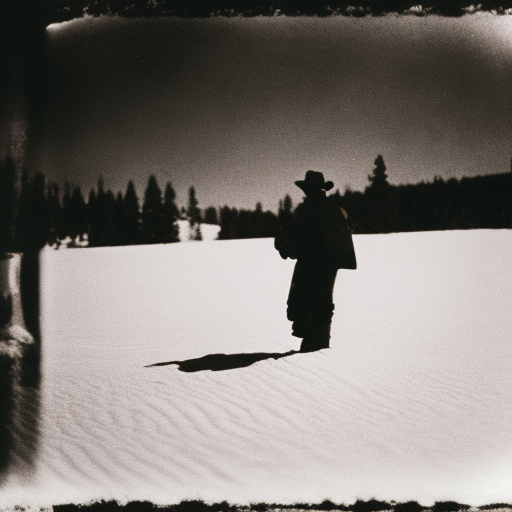American Frontier: The Expansion of the United States
The American frontier refers to the geographical area that was gradually settled and developed by European Americans in the 17th, 18th, and 19th centuries. It represents the westward expansion of the United States, as pioneers and settlers moved beyond the established eastern settlements to explore and settle new territories. The frontier played a significant role in shaping American history, culture, and identity.
Colonial Frontier
The colonial frontier was the initial phase of westward expansion, beginning in the early 17th century. English settlers established colonies along the Atlantic coast, such as Jamestown and Plymouth, and gradually pushed westward into Native American territories. Conflicts between settlers and Native Americans were common as both groups sought to control land and resources. The colonial frontier was characterized by fur trading, agriculture, and the establishment of frontier towns.
Westward Expansion
The concept of the American frontier gained prominence in the 19th century as the United States expanded its territory through a series of acquisitions, treaties, and wars. The Louisiana Purchase in 1803 doubled the size of the country, and the Lewis and Clark expedition explored the newly acquired western lands. The Oregon Trail, Santa Fe Trail, and California Gold Rush attracted thousands of pioneers seeking new opportunities and a better life.
Manifest Destiny
The idea of Manifest Destiny, which emerged in the 1840s, fueled the desire for westward expansion. It was the belief that it was America’s destiny to expand its territory from coast to coast and spread its democratic values. This ideology justified the annexation of Texas, the Mexican-American War, and the acquisition of the Southwest, including California.
Homesteading and the Homestead Act
Homesteading played a crucial role in the settlement of the American frontier. The Homestead Act of 1862 provided 160 acres of public land to settlers who were willing to improve the land and live on it for five years. This act encouraged migration to the West and led to the establishment of farms, ranches, and towns. However, the act also had negative consequences for Native Americans, as it further encroached on their lands.
Conflict and Conquest
The expansion of the American frontier was accompanied by conflicts with Native American tribes. The Indian Removal Act of 1830 forced many tribes to relocate west of the Mississippi River, leading to the Trail of Tears and the displacement of thousands of Native Americans. The Indian Wars of the late 19th century, such as the Battle of Little Bighorn, marked the resistance of Native American tribes against the encroachment of settlers.
Closing of the Frontier
The frontier era came to an end in 1890 when the U.S. Census Bureau declared that there was no longer a discernible frontier line. The western territories had been settled, and the United States had achieved its goal of coast-to-coast expansion. The closing of the frontier marked the end of an era and the beginning of a new phase in American history.
Legacy of the American Frontier
The American frontier had a profound impact on the development of the United States. It shaped the nation’s identity as a land of opportunity and freedom. The frontier experience fostered self-reliance, individualism, and a pioneering spirit that became ingrained in the American character. The frontier also brought together diverse cultures and contributed to the growth of the American economy through agriculture, mining, and trade.
In conclusion, the American frontier represents the westward expansion of the United States from the colonial period to the late 19th century. It was a dynamic and transformative process that shaped the nation’s history, culture, and identity. The frontier era was marked by conflicts, conquests, and the pursuit of new opportunities. Its legacy continues to influence American society and serves as a reminder of the country’s origins and aspirations.












